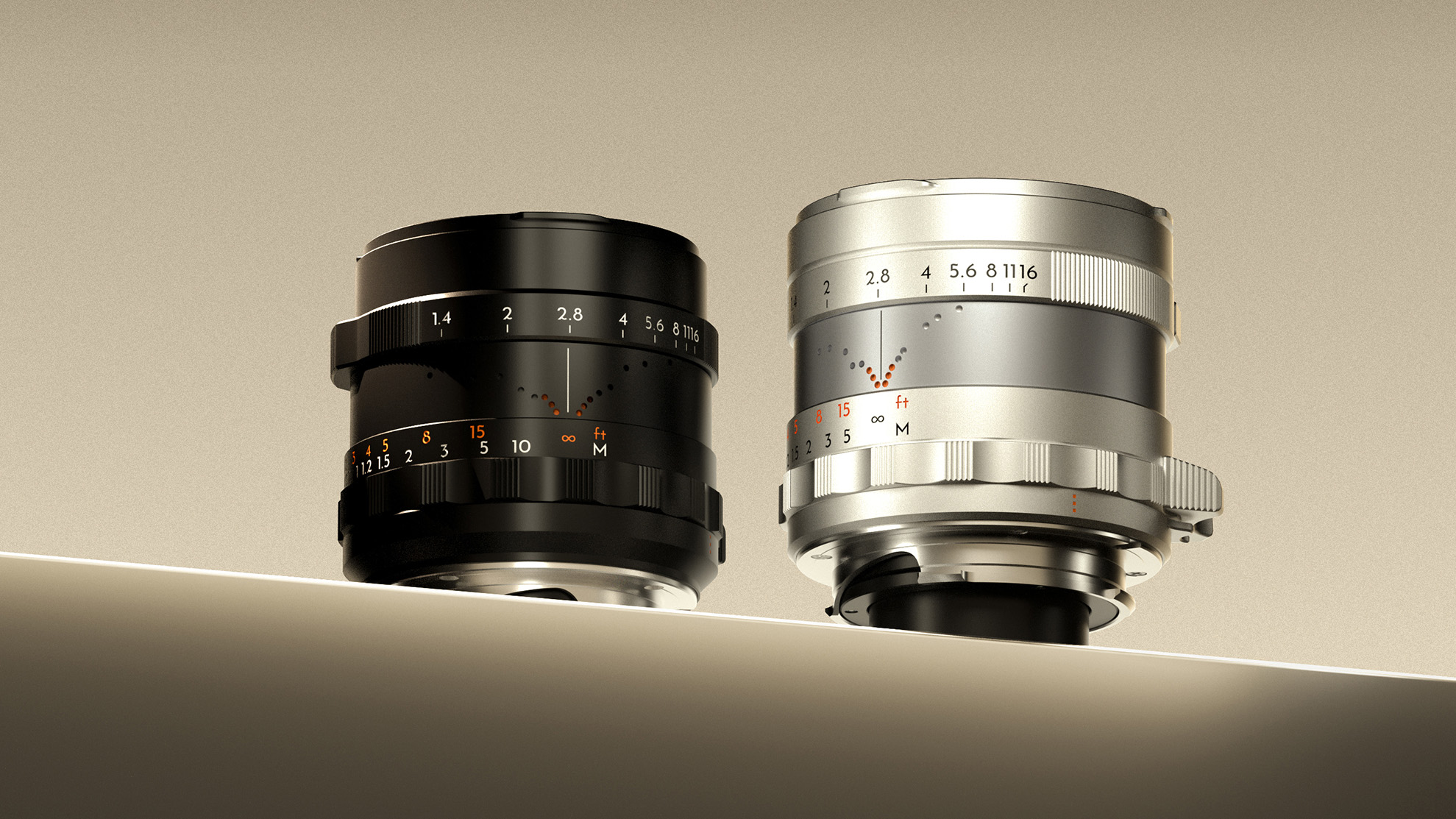Sony releases first pictures of Earth from its Star Sphere space satellite
First pictures from Sony's user-controllable satellite camera offers glimpse of earth from space

Sony has released the first photo captured by its new Star Sphere camera satellite. The image shows the edge of planet Earth, with the Chinese mainland visible from the satellite viewpoint over the Sea of Japan. This image was taken by Sony engineers to confirm the camera and communications systems are fully functioning.
Sony's Star Sphere promised 'to bring space closer to everyone' with a first-of-its-kind service allowing anyone to sign up and take photos and videos using the orbiting camera to acquire their own unique 'space perspectives'.
/テスト撮影に成功📸🛰\ついに、EYEによる最初の宇宙撮影写真が届きました。試験電波によるテスト撮影です。日本海上空から中国大陸の方向を見ています👀ちょっと白飛び気味ですが、EYE搭載のカメラが動作し、宇宙で撮影できることが確認できました!! pic.twitter.com/qc6Ch5CbaFFebruary 17, 2023
There are a total of 16 possible orbits to choose from, which take 90 minutes, which should be enough time for one full circle of the Earth. The satellite will orbit at 500-600km (310-372 miles) and will be controllable in real-time with live images beamed directly via Sony's Star Sphere Simulator web portal online.
There are two tiers for Sony's service. The first tier will allow users to join the satellite on its pre-determined route, which will be set by the time, day, and orbit of the earth and by curated leading experts on space exploration or the natural world. Users at any point can snap photos or videos from the satellite for their own use.
The higher tier allows patrons to book an exclusive and private 90-minute orbit around the earth, this allows the user to choose the time and date of their shoot, but also control the camera direction, zoom, and angle.
Although there is a pretty significant caveat, in that you only actually get 10 minutes of your 90 minutes to actually take photos of videos, the rest of the time you are just a spectator. Users can capture 50 images or 30 seconds of video, but there is the option to pay to extend these amounts.
Above: Check out the concept video for the Sony Star Sphere.
Get the Digital Camera World Newsletter
The best camera deals, reviews, product advice, and unmissable photography news, direct to your inbox!
The camera shows off the strides that Sony has made in sensor technology, using a full-frame (35mm) Sony camera sensor alongside a Sony 28-135mm f/4 lens. In the exact same manner as a consumer Sony camera, users can control the aperture, shutter speed, and exposure compensation to achieve the look they want for their images or video.
If you can't get enough space then you can check out our coverage of the latest space images from the James Webb Telescope. To get your own unique views of space you can check out our guides to the best telescopes for astrophotography, the best smart telescopes, and the best-computerized telescopes.

Gareth is a photographer based in London, working as a freelance photographer and videographer for the past several years, having the privilege to shoot for some household names. With work focusing on fashion, portrait and lifestyle content creation, he has developed a range of skills covering everything from editorial shoots to social media videos. Outside of work, he has a personal passion for travel and nature photography, with a devotion to sustainability and environmental causes.

